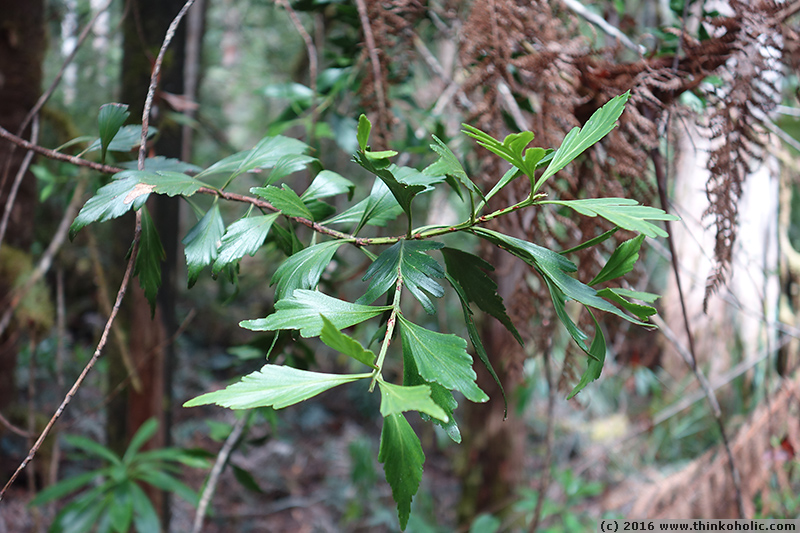Celery Top Pine (Phyllocladus asplenifolius) is another iconic Tasmanian timber; a beautiful pale yellow when milled that ages into a deeper yellow. The name comes from the similarity of the leaves (in mature trees) to that of a celery plant (some useless trivia). It is a slow growing and long lived tree (anywhere up to about 800 or so years) but unlike the Huon Pine and King Billy is reasonably abundant in Tasmania.

Very easy to work, planes and cuts easily, finishes well plus it is remarkably strong considering it is a softwood. Generally the grain is quite straight which may sound like it is a boring timber to look at; not so, it’s colouring and texture make it a favourite of ours for box making, trays and cutting boards.
Back before plastics were invented, Celery Top Pine was used to make pipelines for Sulfuric Acid. My father worked at the Electrolytic Zinc works back in the 50’s and 60’s as a carpenter and one of his jobs was making the pipelines for the acid; Celery Top Pine was one of the very few materials impervious to the effects of strong acid (another piece of useless trivia).
Easy to identify when compared to either Huon Pine or King Billy as the growth rings aren’t quite as tight and the colour is a lot lighter. Can be confused with Baltic Pine but the give away is the ‘knotty’ nature of Baltic Pine; Celery Top does have knots but not nearly as frequently as Baltic Pine.
Yet another fine timber we are blessed to have in Tasmania.
Wikipedia:
https://en.wikipedia.org/wiki/Phyllocladus_aspleniifolius
Wood Solutions:
https://www.woodsolutions.com.au/wood-species/pine-celery-top
